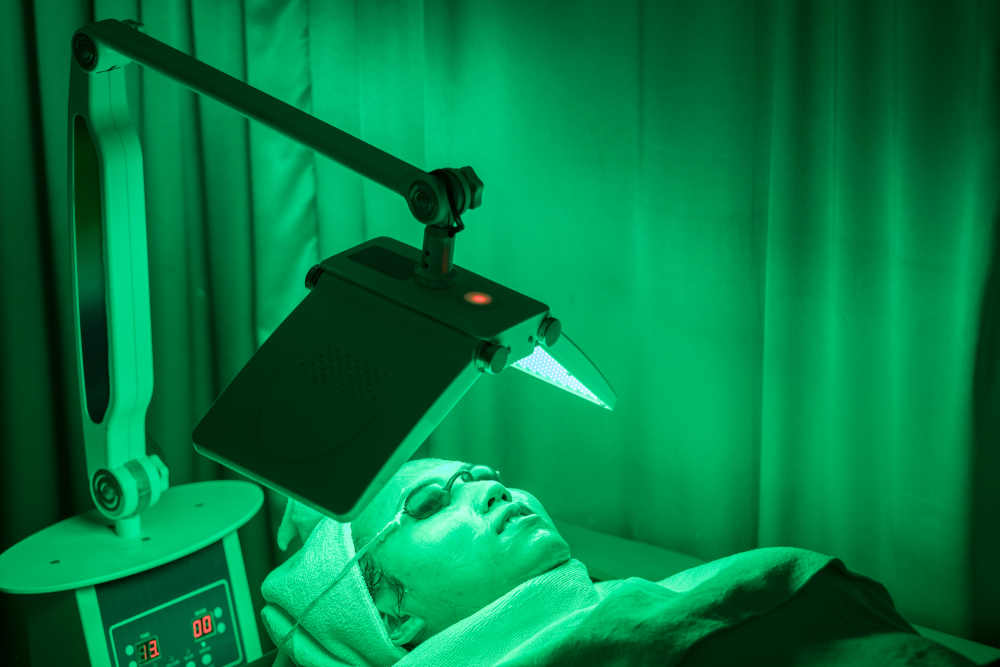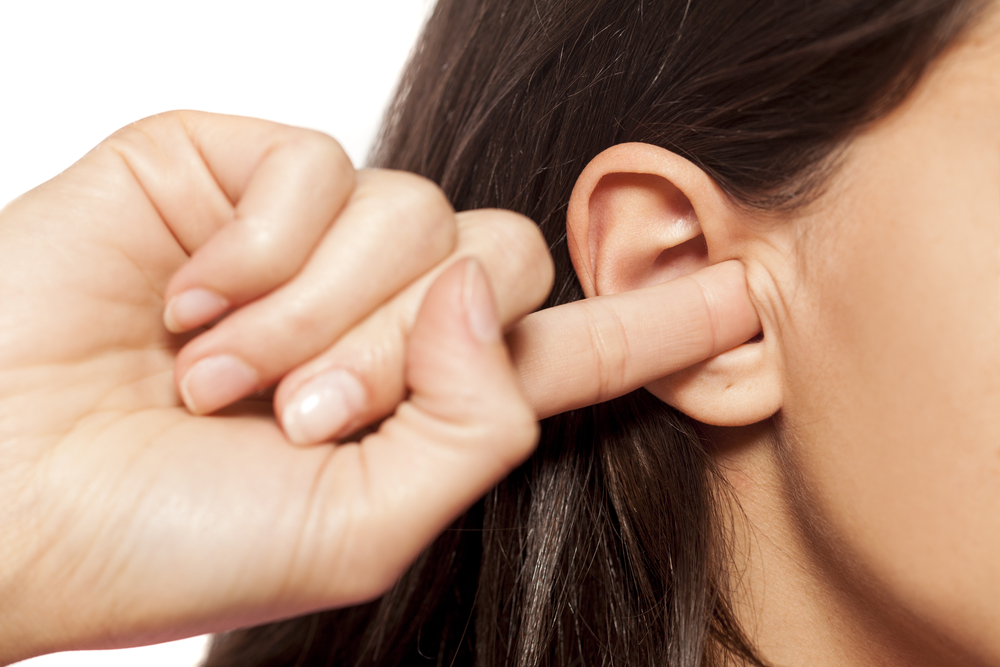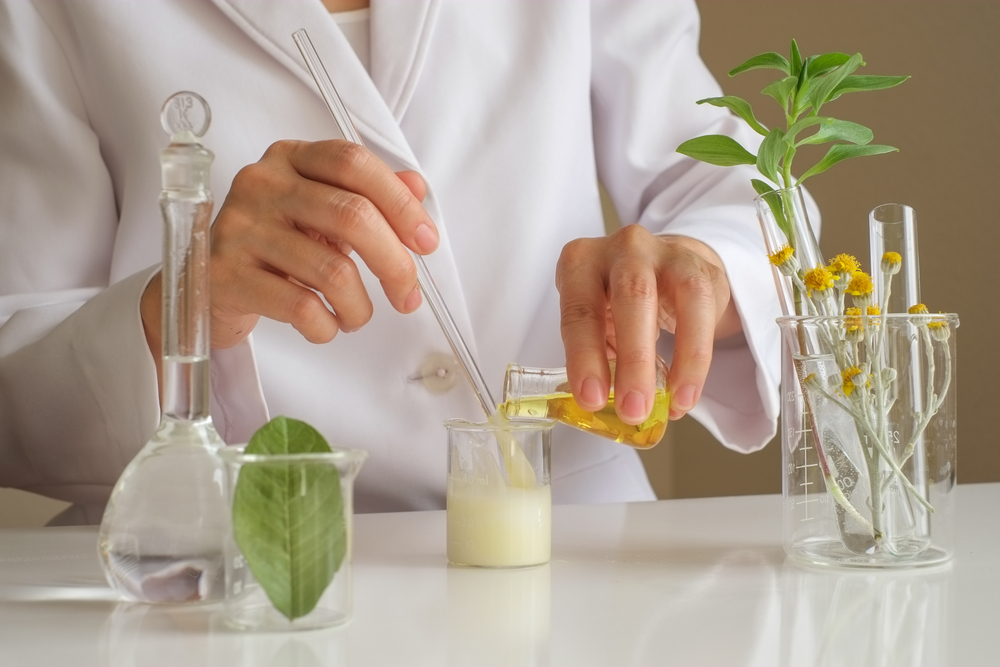- Photodynamic therapy is safe and can treat a variety of skin conditions.
- It is less invasive and has a faster recovery time than other treatment methods.
- It may cost anywhere from $100 – $4,000 or more per session.
- You must stay away from bright lights for at least 48 hours after the procedure.
The average human carries about 22 square feet of skin, making it the largest organ of the body. Youthful skin is naturally elastic, healthy and free of wrinkles. As we get older, however, the natural forces of aging and environmental damage caused by prolonged exposure to the sun and toxic chemicals can take their toll on our skin cells. There are also many skin conditions, such as acne, which can have negative effects on how the skin looks and feels.
Traditional methods for treating damaged and blemished skin include over-the-counter skincare products as well as prescription drugs such as antibiotics, peptides and retinoid creams. Many people also opt for more invasive cosmetic procedures like chemical peels, cosmetic surgery, and filler injections.
However, in recent years, another innovative treatment option has come to the forefront: photodynamic therapy (PDT). Using a combination of light and photosensitizing agents (such as 5-aminolevulinic acid), PDT is commonly used to treat acne and combat the signs of aging.
What Is Photodynamic Therapy?
It might sound like a novel concept, but PDT has actually existed in one form or another for more than a century.
As noted in a study published in Clinical, Cosmetic and Investigational Dermatology, the first clinical trial of PDT took place in 1903, when researchers used light therapy to treat skin conditions associated with psoriasis, lupus vulgaris, syphilis and more. Since then, it has been used in the treatment of a variety of diseases, including some types of skin cancer and degenerative eye conditions, but today it is most commonly used in cosmetic dermatology.
Modern PDT involves using a topical photosensitizer, which is a drug that essentially makes the skin more sensitive to light sources. When the photosensitizing agent is subjected to a particular wavelength of light, it releases a type of oxygen that destroys the surrounding cells.
There are many advantages of using PDT as a form of cosmetic treatment. First, PDT is far less invasive than other procedures, making it significantly safer and less stressful for you as a patient. Recovery time is also far shorter than other treatment options – most people are able to resume normal activity after 48 hours. Finally, PDT also leaves little trace of scar tissue on the treated area, which is naturally a valuable attribute for anyone in need of cosmetic therapy.
Who Can Get Photodynamic Therapy?
Thanks to the fact that the procedure is safe, effective and involves little downtime, PDT is suitable for many people and is widely used in dermatology for a variety of skin conditions, including:
- Precancerous lesions
- Rosacea
- Sun-damaged skin
- Some signs of aging
- Acne
However, due to the way the technology works, PDT is best suited to those with fair skin. If you have darker skin, be sure to talk to your doctor or dermatologist to discuss your options before committing to PDT.
Similarly, if you are extremely sensitive to light, have lupus or another medical condition that affects your ability to recover from burns, or are unable to avoid bright lights and direct sunlight for 48 hours (due to work or other commitments), PDT may not be right for you.
Photodynamic Therapy and Acne
As noted in an investigation from the University of Illinois, PDT is particularly effective as a form of acne treatment, particularly for patients who have not responded to traditional forms of therapy. According to dermatologist Dr. Tess Mauricio, CEO of MBeautyClinic, this is because PDT treats acne in a couple of different ways.
“Photodynamic therapy (PDT) is one of our most popular and effective treatments for acne, especially for those who have tried and failed other traditional medical treatments like topical and oral antibiotics and anti-acne skin care products,” explains Dr. Mauricio.
“It works in two ways. The Levulan solution that is applied to the skin preferentially targets oil glands. Then this is activated using either blue light or intense pulsed light (IPL) containing the blue light spectrum. The use of blue light kills p.acnes bacteria on the skin and activates Levulan to help shrink oil glands and decrease oil production. IPL can also improve redness and discoloration from acne scars.”
What to Expect from Photodynamic Therapy
A cosmetic PDT procedure typically does not require hospital admission and can be safely performed by your doctor or dermatologist at their clinic. The vast majority of people do not need to make changes to their diet or medication in the days preceding PDT.
Every patient is different and your treatment will be tailored to your specific needs, but generally speaking the procedure will look something like this:
- Before the treatment begins, your doctor will clean the skin around the affected area to minimize the risk of irritation and infection.
- The photosensitizing agent is then applied to the skin and given time to settle in. This process may be as short as 10 minutes or as long as a few hours, depending on skin type, the severity of the skin condition and a few other factors. You may feel a burning sensation during this part of the procedure.
- A purpose-designed medical light source is focused on the skin for roughly 10-20 minutes. This light might be red light, blue light or IPL, depending on which is most suitable for your skin.
- The procedure is complete. Most patients are able to drive home on their own, unless they have taken sedative drugs. For best results you may require follow-up sessions in the weeks that follow.
Photodynamic Therapy Recovery Process
While PTD is generally very safe, it can leave your skin sensitive for a few days. As Dr. Tanya Kormeili, MD, a board-certified dermatologist based in Santa Monica explains, recovery mainly involves staying away from bright lights until the photosensitizing agent has fully deactivated.
“Sun protection is key! Stay inside and even try to avoid bright indoor lights. Darkness is your friend in reducing the time the photosensitizer stays activated and works on the skin. Use gentle skincare products, and avoid any other skin treatments while recovering. Please always use SPF once you are ready to go outside.”
In addition to staying out of direct sunlight and away from other bright light sources, Dr. Kormeili recommends using a special cream to protect and heal the skin.
“I use a prescription cream called Biafine for my patients to help them recover from strong lasers, peels, and PDT. It doesn’t sting and is formulated to add a barrier to the skin while promoting healing. Avoid any skincare product with alcohol or intense preservatives until the redness is resolved.”
How Much Does Photodynamic Therapy Cost?
Cosmetic PDT is not covered by insurance as it isn’t considered a medical procedure. Costs can vary substantially depending on your geographic area, the location and severity of your skin condition, and the number of treatment sessions required.
PDT can cost anywhere from $100 – $4,000 or more per session, with the average price in the United States being approximately $425. Your doctor can advise you on how many sessions you will need to effectively treat the skin, but on average you should budget between $2,000 and $3,500 to cover a complete, comprehensive series of treatments.
It’s important to keep in mind that results are typically not permanent, so repeat sessions may be needed to manage skin conditions over the long term.
What Are the Risks and Side Effects of Photodynamic Therapy?
As noted, PDT is widely regarded as a safe procedure and many have used it to improve the condition of their skin without issue. However, as with any medical procedure, there are still a number of risks and side effects associated with PDT that may influence your decision to pursue this type of treatment. The biggest and most common risk revolves around sun exposure.
“You have to stay indoors for at least 48 hours immediately after PDT,” cautions Dr. Mauricio. “Levulan will make you very UV sensitive and you could get a terrible sunburn if you are exposed to the sun. For dark-skinned people, there’s a risk of post-inflammatory hyperpigmentation that could last for months.”
Other potential side effects of PDT include:
- Skin discoloration
- Infection
- Sun sensitivity
- Swelling
- Chronic skin redness
Is Photodynamic Therapy Worth It?
Despite the risks, the advantages of PDT as a form of cosmetic dermatology treatment are clear. The low risk of scarring, quick recovery time and a proven effective treatment of acne and other problem skin issues make PDT a great option for anyone looking to improve the condition of their skin.









